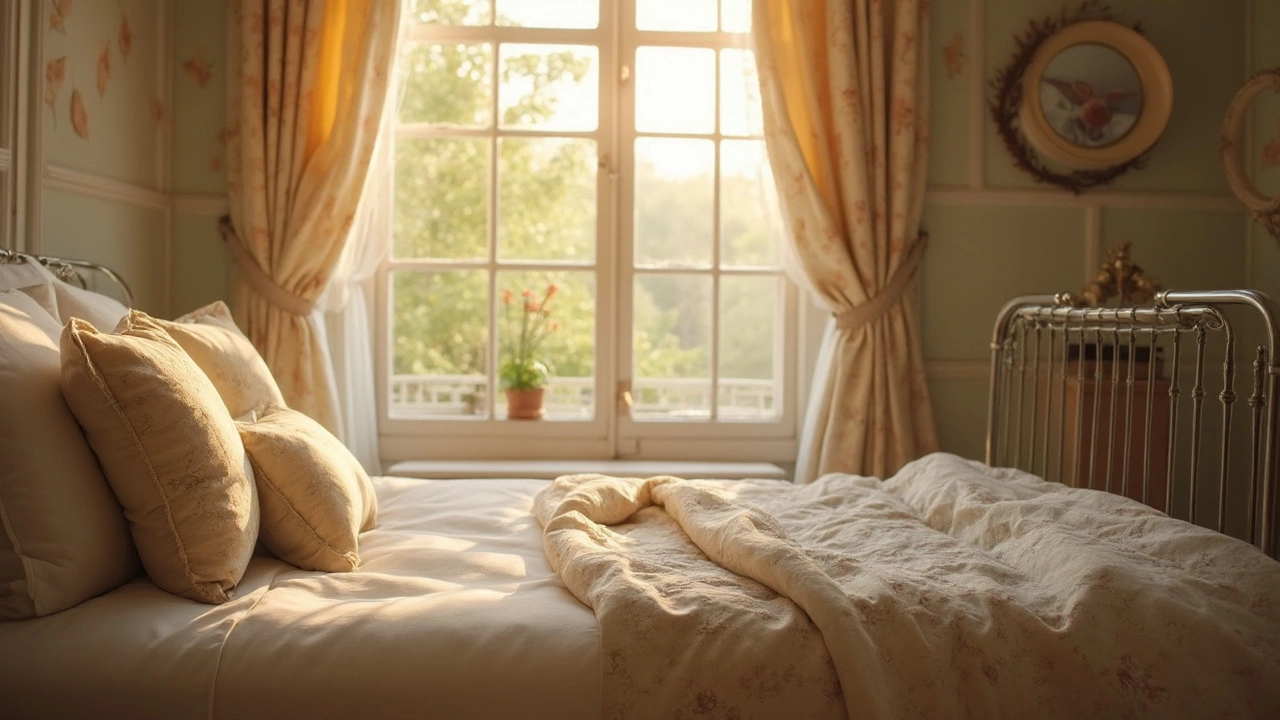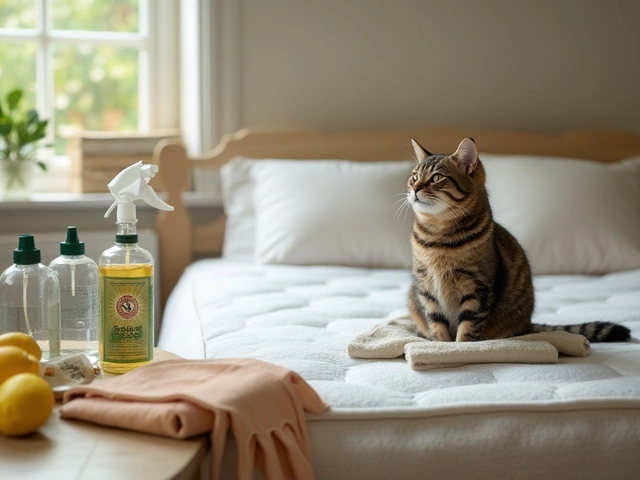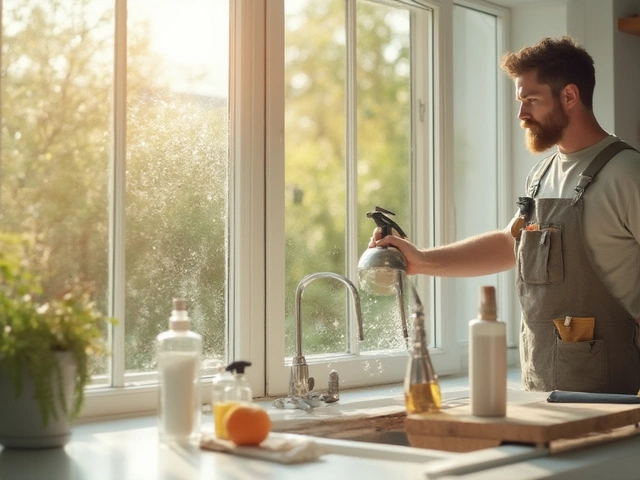Mattress Odor Solutions: Quick Fixes and Long‑Term Prevention
When dealing with mattress odor, the stale or sour smell that can build up in a bed over time. Also known as bed smell, it usually points to hidden moisture, bacteria, or spilled liquids that have seeped into the fabric. The good news? Most of the culprits are easy to spot and even easier to treat with the right tools and habits.
One of the most common offenders is mold, a fungus that loves damp, warm places and can leave a musty odor behind. Mold thrives when a mattress stays wet after a spill or when humidity in the bedroom stays high. If you notice a faint earthy smell, especially after rainy weather, check for dark spots or a soggy feel – those are warning signs.
Another hidden player is dust mites, microscopic pests that feed on dead skin cells and release waste that can smell stale. They love the warmth of a mattress and multiply quickly if the bedding isn’t aired out regularly.
Both mold and dust mites respond to one simple remedy: baking soda, a natural, alkaline powder that neutralizes acids, absorbs moisture, and deodorizes fabrics. Sprinkling a thin layer across the surface, letting it sit for a few hours, and then vacuuming it away can lift a lot of the embedded odor.
Practical Steps to Eliminate Mattress Odor
Start with a thorough inspection. Look for visible stains, feel for damp spots, and sniff for any lingering scent. If you find moisture, blot it with a clean towel and let the area air dry for at least 24 hours. Good ventilation, the flow of fresh air that carries away humidity and odor particles is critical here – open windows, use a fan, or place the mattress near a sunny window.
Next, apply the baking soda trick. Use a handheld sifter or a fine-mesh strainer to spread an even layer. For tougher smells, mix a few drops of essential oil (like lavender) into the powder; the oil adds a pleasant scent while still letting the soda do the heavy lifting. After a minimum of four hours, vacuum the mattress with a clean upholstery attachment to pull out the powder and any loosened debris.
If the odor persists after the first round, consider a light steam cleaning. Fill a spray bottle with equal parts water and white vinegar – a combination proven to cut through grease and kill mold spores without harsh chemicals. Lightly mist the mattress (don’t soak it), allow the vinegar to work for 10‑15 minutes, then repeat the baking soda step. The vinegar’s acidity neutralizes alkaline residues left by sweat, while the soda absorbs the remaining moisture.
Beyond the immediate fix, prevention keeps the smell from returning. Rotate your mattress every three months to avoid one‑sided wear, use a breathable, washable mattress protector, and wash your bedding weekly in hot water. A nightly habit of letting the mattress air out for 15‑20 minutes can dramatically reduce humidity build‑up, especially in the damp months.
If you live in a particularly humid climate, a dehumidifier in the bedroom can lower overall moisture levels, making it harder for mold and dust mites to thrive. Pair that with regular vacuuming of the floor and upholstery to keep skin‑cell dust – the primary food source for mites – at bay.
For those who love DIY solutions, the kitchen pantry offers more allies. A paste of baking soda and a few drops of hydrogen peroxide works like a gentle bleach for stubborn stains. Apply, let fizz for a few minutes, then wipe clean. This method is safe for most mattress fabrics and adds an extra layer of odor‑blocking power.
Finally, remember that not every smell is treatable with home tricks. A persistent, sour odor that doesn’t improve after cleaning could indicate deep‑seated mold or a structural issue with the mattress core. In such cases, replacing the mattress is the healthiest choice for both sleep quality and indoor air safety.
By understanding the roles of mattress odor, mold, dust mites, baking soda, and ventilation, you can tackle the problem from every angle. Below you’ll find a curated set of guides that dive deeper into each of these topics, offering step‑by‑step recipes, safety tips, and expert advice to keep your bedroom smelling fresh and your sleep uninterrupted.





